The Building Blocks of Digital Transformation: Community, Tech, Business Models, and a Change Platform
June 18, 2016 Leave a comment
I’ve been making the argument lately that the single largest obstacle in successful digital transformation is change itself. Surprisingly, the arrival of new technology is generally not the large hurdle to becoming more digital in a meaningful way, though it certainly represents a large and growing learning curve. Yet learning the new technology is manageable by most organizations in my experience, if they have the will to do so.
Finding the right business models can be a bit more of a challenge, but the process of discovering the best ones is increasingly well understood these days. One somewhat ironic lesson is that we’ve also learned that we usually have to build an audience first, often well before we decide on new digital business models, that are centered around some activity or capability of significant shared interest with the market, before we can experiment and find the right path forward in terms of generating value, such as revenue from sales, subscriptions, advertising, etc.
Why Digital Needs a New Mindset
It actually turns out the most important and challenging building blocks for digital transformation is people and the processes that can change them. Thinking in digital terms requires a significant shift in mindset, such as designing for loss of control, understanding the power laws of mass connectedness, the startling revelation that the network will do most of the work, and understanding how open participation is the key to unleashing digital value in scale to our businesses.
However, shifting the mindset en masse of the large number people that exist in the average enterprise (i.e. tens or even hundreds of thousands of workers) is not something that can be done to them, but can only be done with them as Euan Semple frequently likes to point out. So, what’s the single best venue in which to engage significantly in a time efficient and sustainable fashion? I now suggest that the most likely and cost-effective vehicle for this that we know today is online community.
The building blocks of digital transformation is a topic that I recently had time to study in depth as I prepared my closing keynote for the always terrific Enterprise Digital Summit 2016 (formerly the Enterprise 2.0 SUMMIT) in Paris this month.
Step 1: Gather Stakeholders into Communities of Digital Change
The fundamental building block of digital transformation is therefore not technology, but people, a much more challenging proposition. However, if we can somehow connect the collective workforce in the organization together in an effective fashsion to begin a shared and dialogue-based process of learning, understanding, experimenting with, and then carrying out the tasks of digital transformation across the enterprise as a much more aligned and self-supporting way, then we are much more likely to succeed. As I’ve discussed, we’ve even started to witness evidence that IT is shifting in this direction steadily, with the rise of empowered change agents and even unexpected source of pre-existing tech change using forces like shadow IT as a key resource for creating decentralized technology adaptation across the organization.
But it all starts with community, for which I believe the evidence is now clear is the most powerful way of organizing human activity and creating shared value yet developed.
Step 2: Assemble a Modern, Market-Facing Technology Stack
From there, we do need to look at the technology lens at what our business does and how it does it. We can no longer realize all tech change ourselves, as our competitors have already learned that the single greatest force for value creation is capturing and wielding community contributions of customers by the millions via mass co-creation, and business partners by the thousands (see APIs + hackathons). I recently summarized the many other emerging enterprise technologies we must consider all the time as well, but the most important ones are customer facing and involved in co-creation.
We therefore must instead now becoming highly competent in building strong and effective architectures of participation, as most digital leaders harness the vast capacity of the Internet to do most of the value creation:
Step 3: Create and Nurture Digital Experiments
From there we can combine people-led digital change at scale with a portfolio of digital engagement and experience technologies and processes — that must prominently include market-facing community — to begin creating, launching, and growing healthy and vibrant new products and services. Growing hacking in fact, has become an important new technique used by top Internet companies to ensure early lift and adoption, and has been a key subject of interest by top technology leaders like Microsoft CEO Satya Nadella. So grow the results of digital transformation this way, then generate revenue:
Step 4: Get Serious About Revenue Models
Finally, the last building block is digital business models, which one the service has a successful audience or community, can be experimented with and validated, though certainly some services, such as sharing economy ones, can monetize from the outset, though often at break even levels. Below is a representative list of some of the most common Internet business models, though by no means all the possibilities. For example, there are at least 18 separate known business models for open APIs alone. The high level Internet business models break down like so:
For a more complete exploration, please view the video of my closing keynote on this subject in Paris on June 2nd, 2016:
Or download a copy of the Slideshare deck that I presented with.
Additional Reading
How IT Can Change For the Digital Era and What Leaders Can Do About It

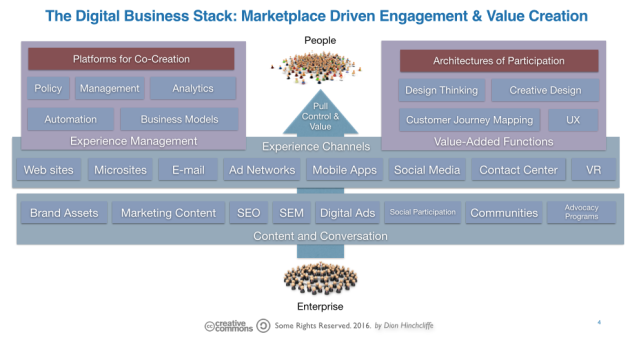
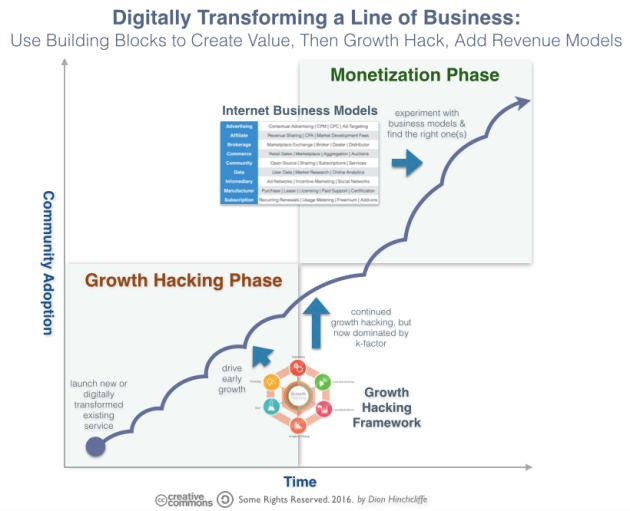

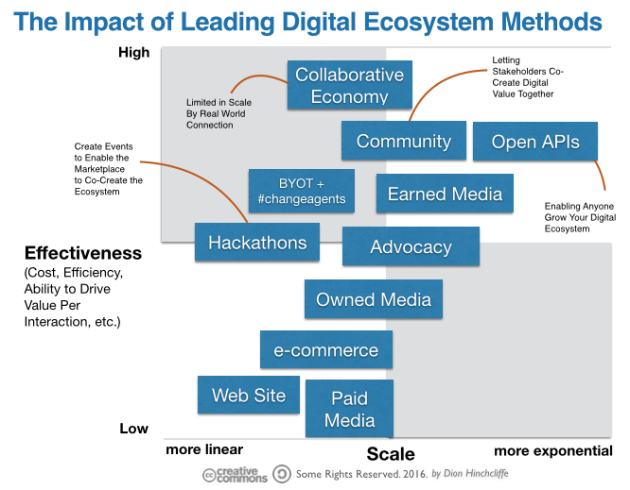




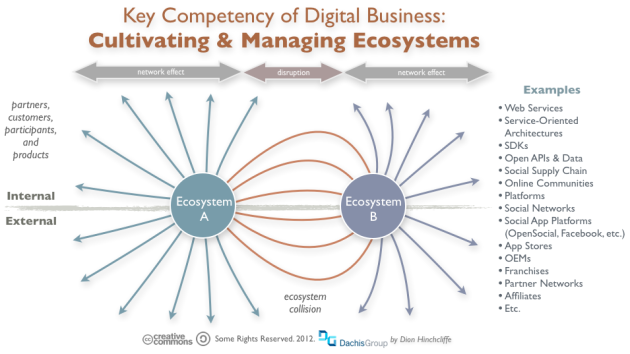

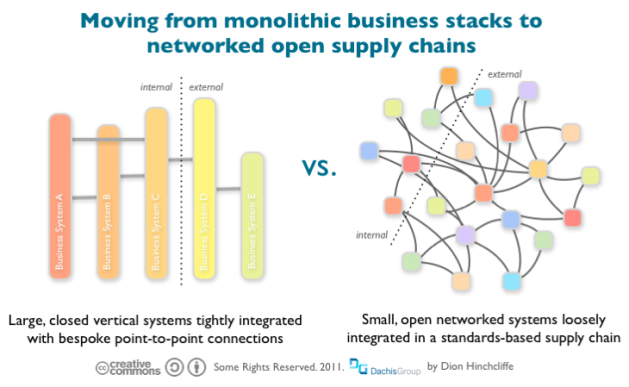



 Social networking applications. Sometimes viewed as an extension of the Web widget model, social networking applications are applications designed to run inside of popular social networking environments and usually have capabilities that tap into and make use of the
Social networking applications. Sometimes viewed as an extension of the Web widget model, social networking applications are applications designed to run inside of popular social networking environments and usually have capabilities that tap into and make use of the 

























































